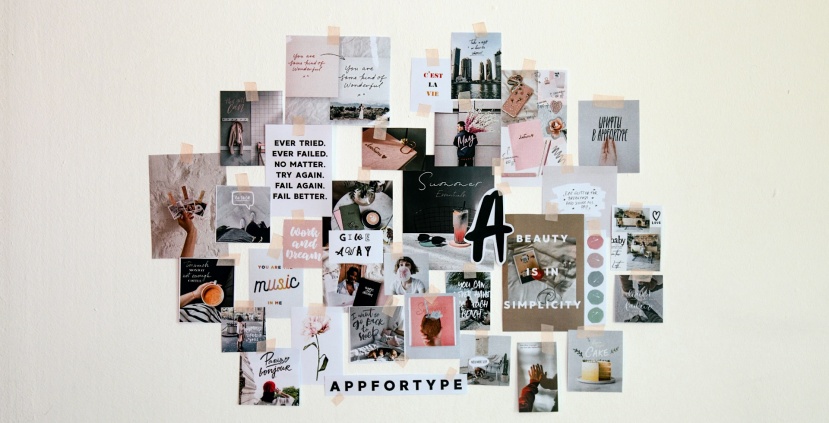
Creating stunning digital collages is easier than ever thanks to the wealth of online tools and resources. With the right techniques, you can piece together eye-catching collage art without ever picking up scissors or glue. This article outlines tips and tricks for making professional-looking photo collages and designs fully online.

Before using a collage maker online, it can help to find inspiration from other collages and gather materials you want to include. Look at collages online or in magazines and books, noticing elements you find visually interesting. Think about a theme, color scheme, or mood you want your collage to have. Then start collecting digital images, textures, words, illustrations, and any other visuals you may want to include. Save them all in one folder so they’re organized and ready to use.
The background really sets the overall look and feel for your collage. Look for high-resolution, visually interesting images to use. Subtle patterns, abstract textures, photographs, painted backgrounds, and other graphics can all work well. Make sure your background isn’t too busy so it competes with your collage elements. Aim for a background that complements the rest of the collage. Adjust size, positioning, and layering to get it just right.

Compelling photographs and images are essential for an eye-catching digital collage. Look for photos with vibrant colors, intriguing textures, emotional appeal, interesting composition, and other elements that capture attention. Avoid images that are too generic. Go for ones with striking visual impact that pop off the page. You can add your own photos, use stock images, or incorporate illustrations and clipart. Just be sure to use high-quality images so they don’t appear pixelated when enlarged.
Overlapping collage elements creates a sense of depth and layers. Arrange pieces so some images and textures partially cover others. For example, you can place a photo on top of a colored shape or put text over a background image. Experiment with different levels of opacity so lower layers remain visible. Use size, position, and layering to make some pieces appear closer and others recede into the distance. The interplay between overlapping elements makes for a more dynamic, dimensional collage.

Creative use of text adds visual interest to any collage. You can feature inspiring quotes, single words that represent your theme, or excerpted lines of poetry. Play with different fonts, sizes, colors, and positions for the text elements. Try very large text behind other images or tiny text tucked into a corner. Rotate words for a striking look. Overlap text on photos or shapes. Using text to complement the visuals can make the overall collage more cohesive.
Strategically placed pops of color can make your collage shine. Use bright, saturated colors that contrast with the overall color scheme to draw the viewer’s eye and create focal points. For example, a vivid red flower can stand out against a black and white background. Just be judicious with bold colors so they provide an impact without clashing. Another option is to make certain images black and white while keeping select elements in color for emphasis. Vivid colors attract attention and bring energy to your collage.

Creating deliberate variations in scale and proportion adds intrigue to a collage composition. Collage elements don’t have to be uniformly sized. You can make certain images or text very large to command attention and other pieces tiny for contrast. Positioning smaller items in the foreground and larger pieces in background enhances depth perception. Cropping tight on some images while showing full wide shots of others also adds diverse scale. Don’t be afraid to play around and break compositional rules with size variations.
Once you have the main collage composition in place, add small touches to refine it. Borders, shadows, textures, blends, and color filters can enhance the overall look. For example, use borders to frame and contain busy collages or make them fade into the background. Fun filters lend a painterly look. Subtle shadows ground images. Blending techniques seamlessly integrate layers. Carefully applied finishing elements keep things visually cohesive. Don’t overdo it though. Simple enhancements often work best.

Be sure to save your source collage file at full resolution to avoid pixelation when printing or sharing online. You may need to flatten layers to finalize the composition. When exporting the collage, choose a large high-res jpeg, png, or PDF format. Compare the file size to the original to ensure nothing lost resolution during compression.
Enjoy your vivid, professional-looking digital collage! With the right techniques, you can create eye-catching collage art entirely online.